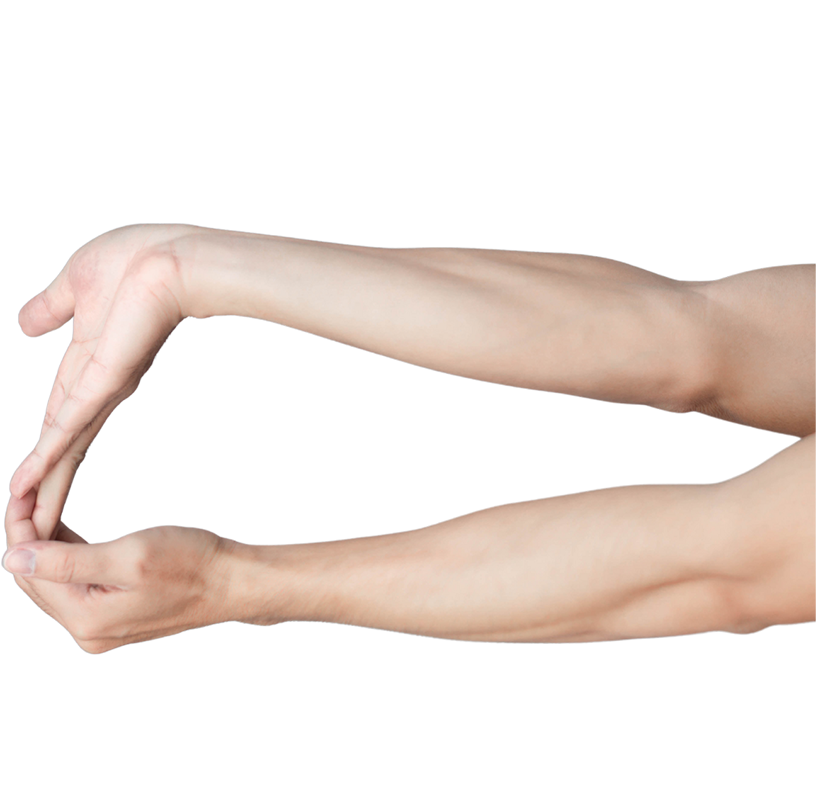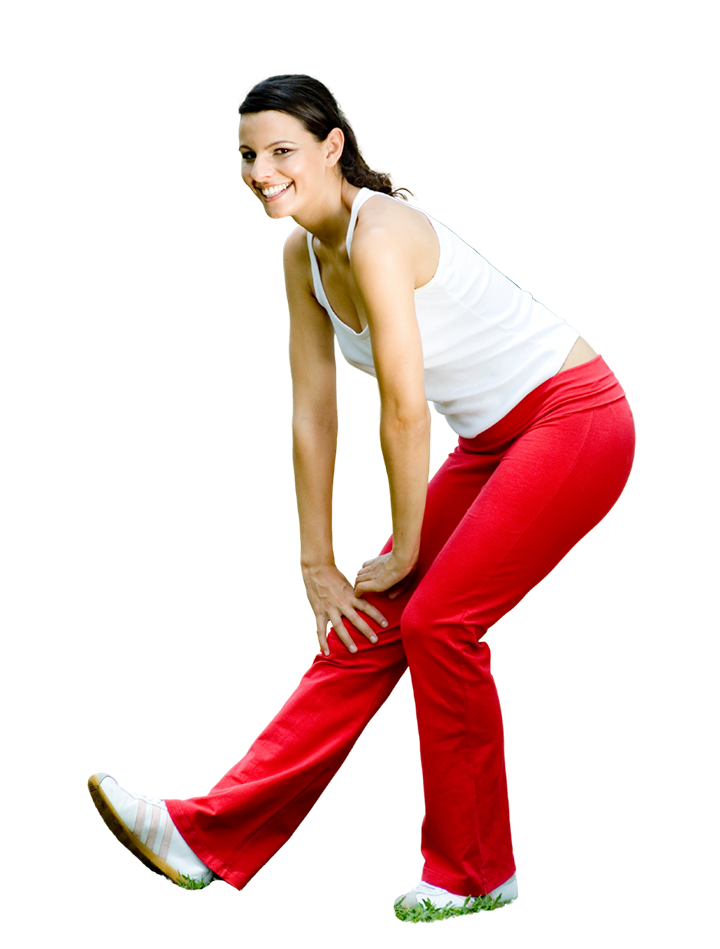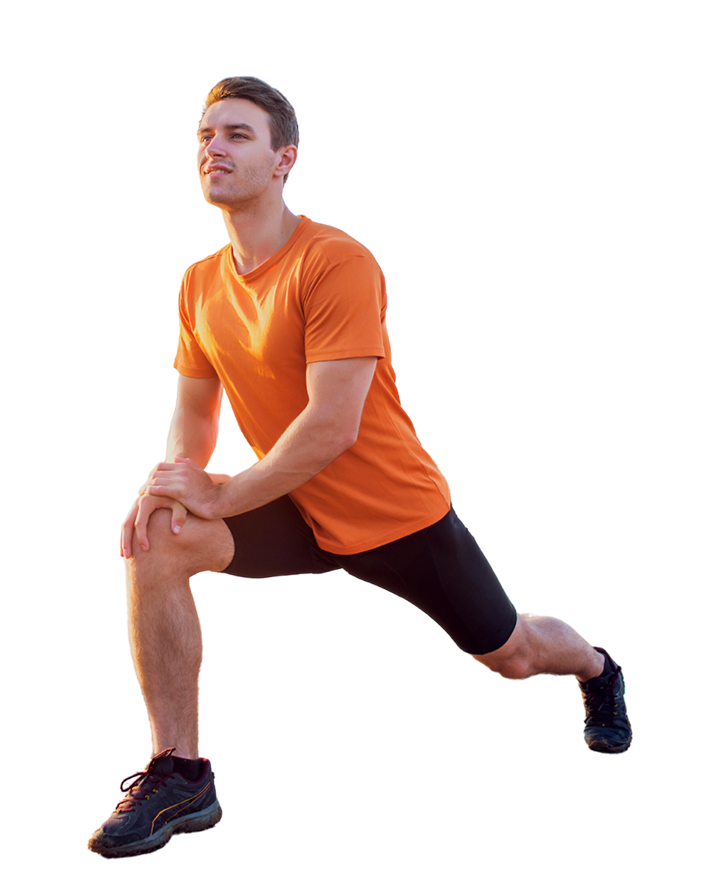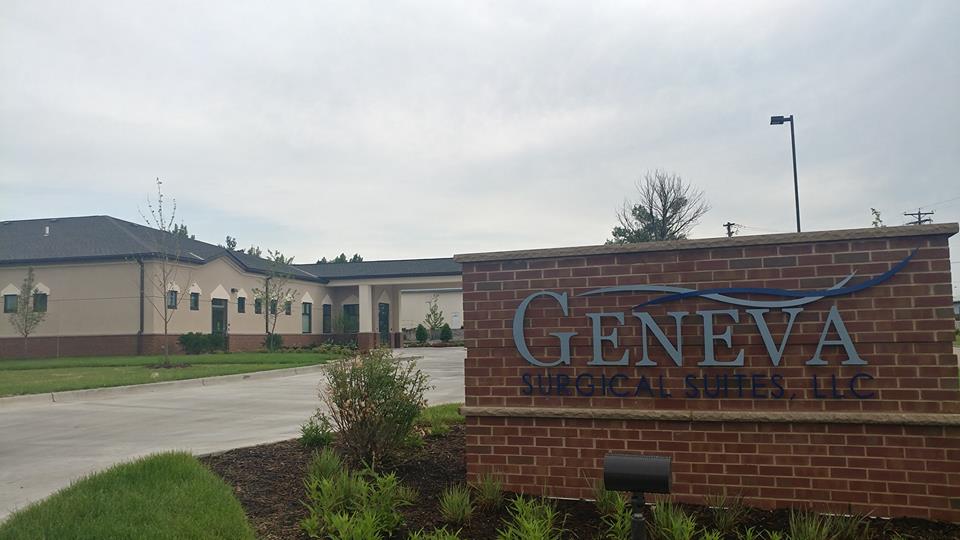
Despite its reputation as a low-impact, low-risk activity, golf continues to be one of the more dangerous sports for adults. According to 2018 research from Golf Support, you are more likely to be injured playing golf than rugby, hockey, and combat sports.
Some golf injuries are preventable, while others, like the “estimated 40,000 golfers who seek emergency treatment due to head injuries caused by errant golf balls and flying club heads,” are far less predictable.
Our goal at CORE Orthopedics is to keep you on the golf course and out of the clubhouse. These 5 stretches for golfers are the perfect way to loosen your muscles and prevent serious injuries.
The Most Common Golf Injuries
Golf leads to a surprising number of injuries, despite its reputation as a relaxing sport.
This is because of the repetitive, high-velocity swing motions and the impact it has on various parts of the body.
We most often hear about lower back pain when it comes to.
Studies indicate that lower back pain affects between 15- 35% of amateur golfers and up to 55% of professionals.
This is often attributed to insufficient hip and mid-back mobility, forcing the lower back to compensate during the rotational movements of the swing.
Elbow injuries, including the famously named “golfer’s elbow” (medial epicondylitis) and the less intuitively named “tennis elbow” (lateral epicondylitis), are also prevalent.
While golfer’s elbow causes pain on the inner side of the elbow, tennis elbow affects the outer side.
These conditions typically arise from overuse and repetitive stress on the forearm tendons.
Other common injury sites include the shoulder, wrist, and hip.
Shoulder injuries, such as bursitis or rotator cuff tendinitis, are the result from the complex range of motion required in the golf swing.
Wrist injuries are also common due to the significant forces absorbed when striking the ball.
Hip problems, including bursitis or labral tears, can stem from the rotational power generated from the hips during the swing, particularly with a lack of flexibility.
Golfing Preparation
You should always plan for some pre-round stretching and exercising to limit the opportunity for injuries.
A comprehensive pre-round routine goes beyond just hitting a few balls on the driving range.
It should include a combination of dynamic stretches, mobility exercises, and gradual practice swings.
Dynamic stretching, which involves movement rather than holding a stretched position, helps to increase blood flow to muscles, improve range of motion, and activate key muscle groups used in the golf swing, such as the shoulders, hips, and lower back.
Studies have shown that a dynamic warm-up can even lead to increased performance on the course.
Neglecting a warm-up can leave muscles stiff and unprepared, increasing the risk of strains, sprains, and other overuse injuries.
By dedicating even 15-30 minutes to a targeted pre-round routine, golfers can significantly improve their physical readiness, reduce their injury risk, and ultimately enhance their overall performance on the course.
5 Stretches for Golfers
To limit your chances of serious injury, we recommend using our stretching routine before you hit the links and not just when you’re feeling pain.
Any pain is an early sign that something might be wrong, and trying to stretch it out may not be enough to prevent further damage.
Golfer’s Elbow Stretch
Golfer’s elbow is one of the most painful and common golfing-related injuries. This injury is often the “result of overuse or general wear and tear of the tendons, bones, and muscles” inside the elbow and forearm.
The golfer’s elbow stretch builds strength around the elbow and forearm.

How to do it:
Step 1:
Extend your affected arm in front of you with your fingers and palm facing up.
Step 2:
Use your opposite hand to gently pull your fingers and wrist down toward your body.
Step 3:
Hold this stretch for 30 seconds.
Step 4:
Do 2–5 reps.
Shoulder Stretch
A wide range of motions in your shoulders is essential for success on the golf course. Before putting the ball on the tee, think about taking a minute or two for this shoulder stretch.
This stretch, in particular, opens up the muscles in your shoulders and should be performed during breaks in play to avoid anything tightening up throughout the game.

How to do it:
Step 1:
Hold a golf club in front of you with your hands at each end of the club, using an overhand grip.
Step 2:
Lift the club forward and up over your head with your elbows straight.
Step 3:
Slowly stretch your shoulders and move your hands back as far as possible until you feel tension across the front of your shoulders.
Step 4:
Hold for 10-20 seconds and release.
Twisting Stretch
For those golfers with lower back, hip, or hamstring stiffness, the twisting stretch provides relief before heading out to the course. CORE Orthopedics recommends this particular stretch early in the day as it relieves pain and improves mobility.
Easy to do with no equipment necessary, the twisting stretch loosens up your muscles to maximize the range of motion and hip rotation.

How to do it:
Step 1:
Start with your legs wider than your hips.
Step 2:
Rest your right hand on your lower back palm facing away from you.
Step 3:
Inhale. With an exhale, bend the right knee and reach your left hand outside your right foot.
Step 4:
With an exhale, lift your torso up and switch your hands, placing your left hand on your lower back.
Step 5:
Twist toward the left reaching your right hand around the corner. Follow your hand with your gaze to exaggerate the twist.
Hip Press
Release pressure, loosen up your hamstrings, and improve your range of motion with a hip press stretch. This stretch also does wonders for your lower back as it removes a lot of pressure while performing it.
The press stretch aims to open up your hips to help generate power, control accuracy, and keep your club face square during your next outing.

How to do it:
Step 1:
Step your right foot forward in a short lunge position with both heels on the ground. Place your hands on your hips or hold onto your golf club with one hand to help balance.
Step 2:
Tuck your pelvis in. Engage your left glute and feel the stretch in your left hip flexor and quad. Inhale.
Step 3:
With an exhale, bend your back leg and extend your front leg into a hamstring stretch. Lower your torso while keeping the back straight. Think of arching your lower back to intensify the stretch.
Step 4:
With an inhale return to your lunge and repeat. Continue this action six times, breathing through it.
Standing Lunge Stretch
The standing lunge stretch has been a standby in every athlete’s workout routine since high school. As you can tell, many of these stretches focus on the lower half of your body as a strong lower body improves swing mechanics and prevents serious injury.
This easy-to-do stretch requires nothing more than your body and the ground as you work to release your hip tightness. A standing lunge stretch works out your glutes, thighs, and hips, all working together to improve your performance.

How to do it:
Step 1:
Stand with your feet hip-width apart. Engage your abs and lower your shoulders.
Step 2:
Step your right foot forward.
Step 3:
Lower your body until your right thigh is parallel to the floor. Lean your right shin slightly forward over your toes.
Step 4:
Bend slightly forward at your hips, keeping your back straight and your core engaged.
Step 5:
Hold for 15-30 seconds. Start with one set of 2-4 reps on each side.
Are You Still Feeling Pain? It’s Time To Call CORE Orthopedics.
The expert team at CORE Orthopedics is here to help you whether you pulled something on the golf course or are in need of pain relief surgery.
Our doctors are trained in the latest same-day surgical procedures to minimize recovery time and get you back on course, pain-free, as soon as possible.
To get started, call us at (847) 690-1776 or book an appointment online now.
Location Information
Surgical Affiliations

Geneva Surgical Suites
119 Elizabeth Ln., Genoa City, WI 53128
Phone: 262-295-1213
Alexian Brothers Medical Center
800 Biesterfield Rd.
Elk Grove Village, IL 60007
Phone: 847-437-5500
St. Alexius Medical Center
1555 Barrington Rd.
Hoffman Estates, IL 60169
Phone: 847-843-2000
Advocate Good Shepherd Hospital
450 West Highway 22
Barrington, IL 60010
Phone: 847-381-0123




